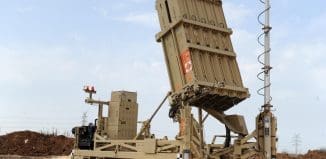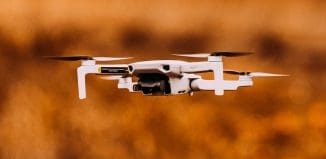5G Technology Applications in Military Bases
This post is also available in:  עברית (Hebrew)
עברית (Hebrew)
The US wants to investigate fifth generation wireless technologies’ potential to facilitate and secure smart bases of the future, promote autonomous transport for Pentagon purposes and more.
A “living lab” for exploring 5G-enabled defense applications and use cases was established at the San Diego military base Marine Corps Air Station Miramar by Verizon and the Marine Corps. The effort is underpinned by Verizon’s 5G Ultra Wideband service, marking the first time it’s deployed at a military base.
The launch of the living lab follows the Pentagon’s recent release of a comprehensive 5G strategy, which included a commitment to create demonstrations “to develop and test military and dual-use 5G technologies, concepts, and applications.
The technology enabling 5G Ultra Wideband on the base is very similar in physical outward appearance to existing antennas deployed around the U.S. today, but uses new components that will allow for future advancements for smart installations.
The site encompasses the 3rd Marine Aircraft Wing, the fifth-generation F35-C aircraft, and around 15,000 service members.
The new 5G-driven initiative will improve Defense officials’ grasp of what the next-gen technology is capable of and mature their understanding of how it should be utilized both on bases and for operations abroad, in particular, it will help better understand what capabilities can be supported by 4G LTE and what capabilities actually require the high bandwidth and low latency of 5G.
The effort might support infrastructure monitoring, enable connectivity that could help convert autonomous vehicles to connected vehicles and help boost the security and reliability of unmanned aerial system-steered missions including drone deliveries and for counter-intrusion.
Undoubtedly, the live demonstration of 5th generation technology would yield new applications.































